The
Future
Deep Space Exploration: Discovering our future
NASA’s Space Launch System (SLS) isn’t just one rocket. It is a family of rocket variants that will fly for generations to deep space destinations on exploration, science and security missions. Initially capable of sending 59,500 pounds (27 metric tons) to the Moon, the rocket will evolve to send more than 83,000 pounds (38 metric tons) to destinations to the Moon & beyond — in just one launch.
SLS with the Exploration Upper Stage has greater payload volume and lifting power that make it the right choice for the science community’s boldest missions — such as to the gas giants, the outer solar system and even interstellar space.

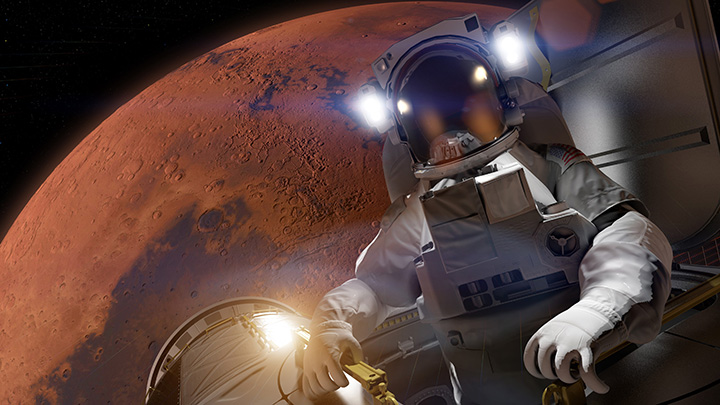
SLS will launch big telescopes with monolithic mirrors, 26 feet (8 meters) in diameter, or segmented mirrors even larger, as a single piece. Mirrors of this size are capable of reading the radiation wavelengths of planets outside our solar system to identify signs of life.
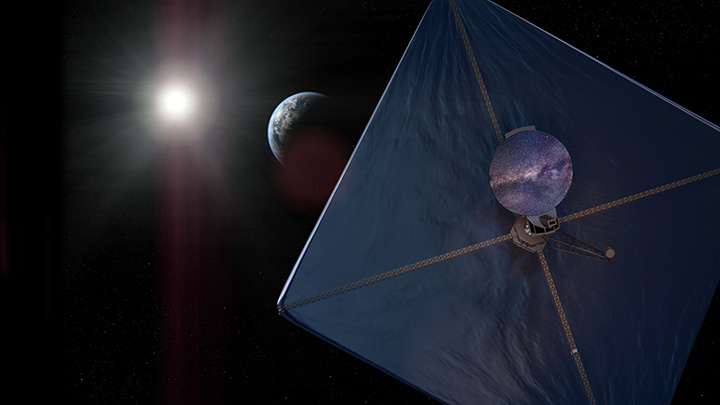
SLS will launch big telescopes with monolithic mirrors, 26 feet (8 meters) in diameter, or segmented mirrors even larger, as a single piece. Mirrors of this size are capable of reading the radiation wavelengths of planets outside our solar system to identify signs of life.
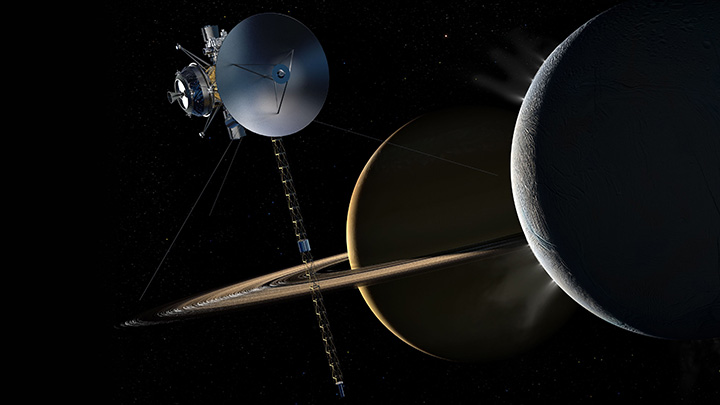
SLS will enable us to search for life on Jupiter’s and Saturn’s moons. Possibilities include surface exploration of Jupiter’s moon Europa, landing and sampling geysers on Saturn’s moon Enceladus, and using a lander or even a submarine to explore the liquid hydrocarbon lakes of Saturn’s moon Titan — all to understand more about our solar system and life on Earth.
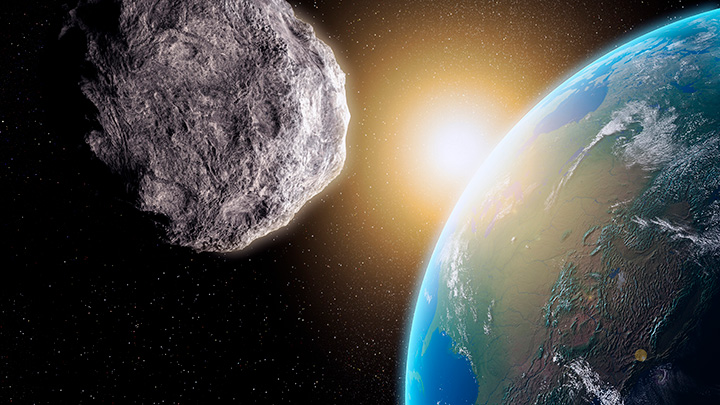
SLS can protect our planet by redirecting a potentially dangerous asteroid, which will depend on delivering a large mass as quickly as possible to the target.
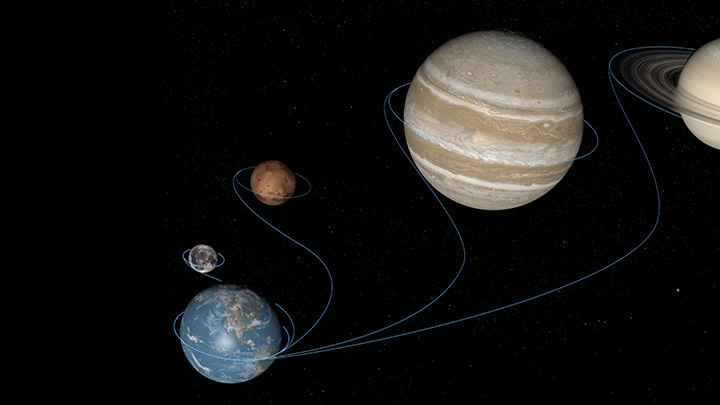
SLS can deliver the largest science payloads in a fraction of the time of other rockets — including to Saturn in six years. It can send an Interstellar Explorer to reach interstellar space — beyond the radiation protection of Earth’s Sun — in half the time of any other rocket. That’s 18 billion miles (29 billion kilometers) in only 15 years to understand more about the origins of the universe.